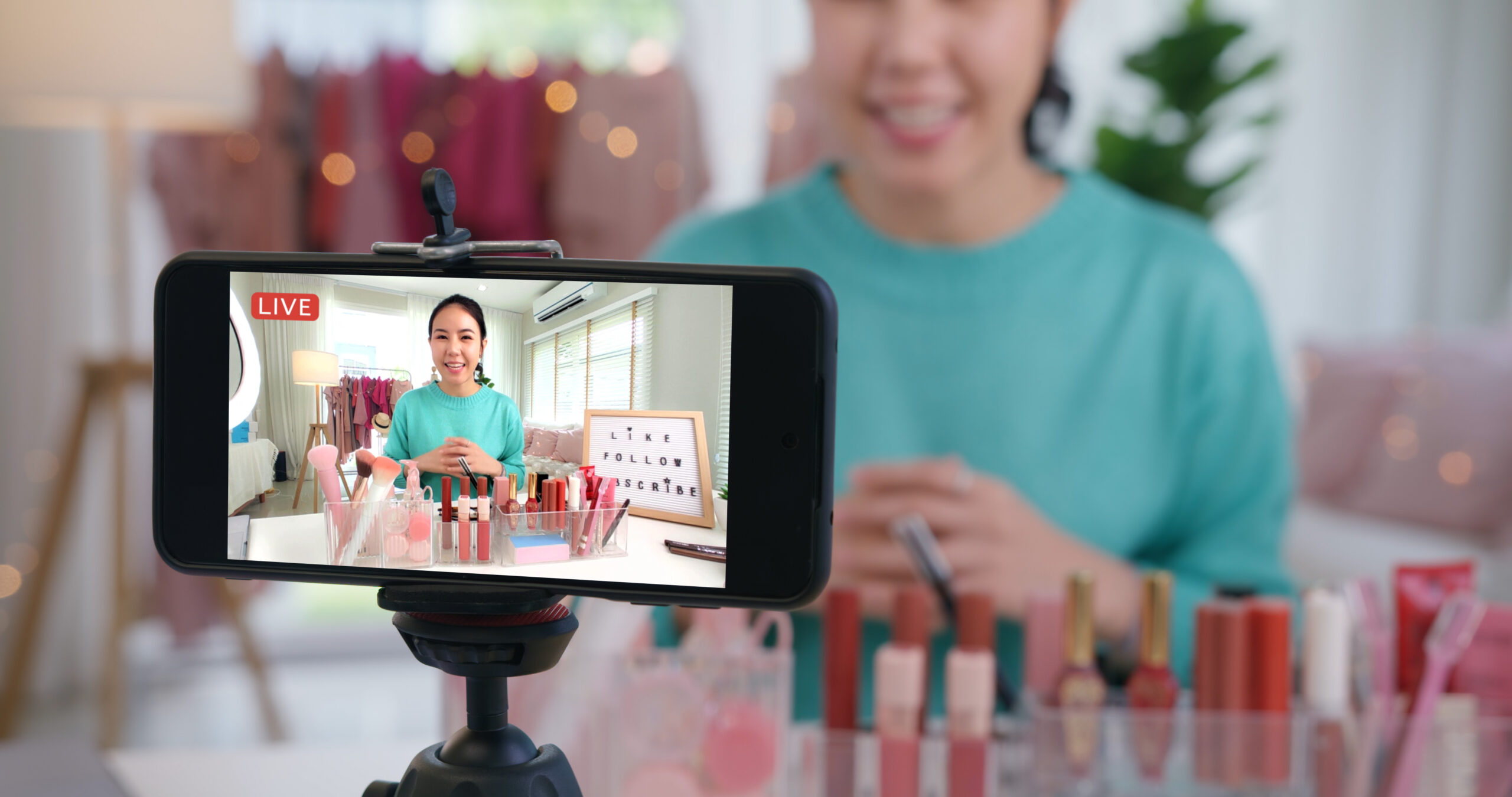A Moving Target: Content Marketing for Mobile Apps
A Mobile Target
With over one billion smart phones circulating around the globe, reaching today’s consumer has become a moving target. Discovering new ways to locate and engage them can be a daunting task for even the savviest marketing expert. One method that has proven highly effective has been content creation for popular mobile apps like Instagram, Tumblr, and the new Vine app that was introduced last month by Twitter.
Most people are more familiar with these apps for taking silly photos and videos, editing them with quick, easy-to-use app features, then posting them for all to see. Who doesn’t enjoy the guilty pleasure of checking on Facebook posts they’ve made to see how many people liked them? There’s a certain level of accomplishment felt when a particular post makes it big. Instagram, for example, provides all of that, but adds the element of making you feel like a professional photographer displaying your work at an online gallery.

Companies have caught on to this concept and have joined the movement in full force. By posting photos of products, creating contests, and slipping in crafty promo codes, marketing teams from some of the world’s leading names are generating a buzz and generating an increase in revenue.
Starbucks jumped on the Instagram bandwagon early and now boasts nearly 600,000 followers. The popular photo editing/sharing app has allowed the company to remove the veil and showcase its most intimate operations by posting photos of the bean selection process, tastings, new products and other aspects to which followers previously would not have had access.
The coffee mogul isn’t the only company that sees the value in Instagram. Recently, Facebook purchased the photo app phenom with a hefty price tag of $1 billion dollars. That’s right. You read that correctly. That’s a ‘B’ for billion. But with 50 million users, a number that is growing by an average of 5 million per week, that cost may be recouped in short order.
Marketers are not stopping there. Companies have been learning that, by linking their social media channels together, they are able to distribute content more effectively. One channel that flows well with Instagram is the micro-blog site, Tumblr.
Tumblr
For those of you who are unfamiliar with Tumblr, it basically acts as a micro-blog that allows users to post anything from music and videos, to photos, quotes, or just plain old text. Posts can be made from your PC, or, with just a few taps of your finger on the screen of your smart phone you can have your content live within milliseconds.

Elle magazine recently harnessed the power of this site by posting captioned images of their models, complete with Twitter hashtags and @ symbols, that suggested site visitors check out each model’s Twitter page. If the visitor clicked directly on the photo, they were re-directed to Elle’s Instagram page, where they could browse through an entire collection of exquisitely dressed models.
Companies across the world are catching on to the multi-platform social marketing technique. I challenge you to watch 15 minutes of television and tell me that you did not notice a Twitter hashtag craftily slipped in somewhere. Twitter is banking on this growing popularity to carry its new app, Vine, into the realm of the social media mobile elite.
Vine
Despite some initial bumps in the road, this simple video creation app is being adopted by businesses for its ease in creating simple, entertaining content to accompany various promotions. Editing together short video clips into pieces that total 6 seconds, users have been transformed into mini-film directors.
One effective way to market with the Vine app is to create a “How To” video. This works well in the food and beverage industry, for example, where a company can create a Vine that consists of six one-second clips explaining how one of their most popular menu items is created. This example by Café Moka, a coffee house in Virginia Beach, seeks to educate consumers about the company’s products with the hope of enticing them to visit the shop to experience a beverage for themselves.
Taking a different approach, Confused.com allowed consumers to create the content. The company posted a Vine video to promote a Vine video contest and generate a buzz surrounding the company. Consumers want to feel some level of connection to the companies with which they do business. As a marketer, it’s your job to create ways for them to get involved. By allowing users to generate the content, you create a bond that can potentially strengthen brand loyalty.
One of the best parts about this app is that companies can post the videos that they create directly to their Twitter feed. Yes, that Twitter, the one with over 175 million registered users, half of which access the site via the Twitter mobile app. The combination of these two platforms presents a highly effective method of creating and distributing dynamic content right at your fingertips.
Which App is Right for You?
“So which app should my company choose,” you ask? In order to determine which channels are the best fit for your company you need to do your research and answer these key questions: What is your target market? What are your objectives? Who does each channel reach? Once you know who and what, you can begin the journey to create a successful social media campaign.
Mobile devices account for 10% of the total time that Americans spend using various forms of media (TV, Internet, print, and radio account for the rest). Yet, only 1% of total advertising expenditures are allocated for mobile advertising. So my advice to you is to get mobile now and start following your customers. The door has been left wide open. Now is your chance to slip inside and really benefit from this upward trending phenomenon.
Anthony Gaenzle – Director of Marketing



